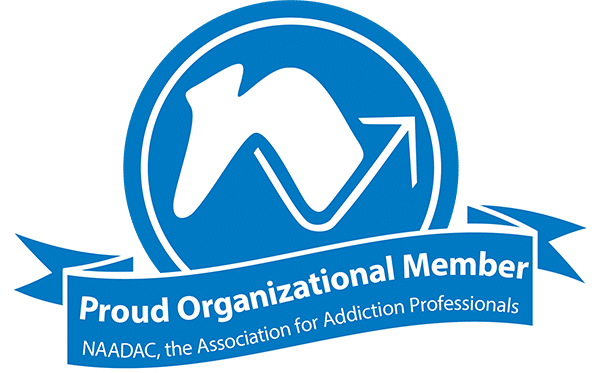As vaping grows in popularity, many users are turning to marijuana vape pens as a convenient and discreet alternative to smoking. But what does vaping marijuana really mean—and is it actually safer than traditional methods? While vaping cannabis is often marketed as a cleaner option, it still carries serious health risks, especially for adolescents and frequent users. From short-term side effects like anxiety and impaired coordination to long-term risks such as lung injury and addiction, it’s important to understand how vaping weed works and what dangers may come with it.
What Does Vaping Marijuana Mean?
Vaping marijuana involves inhaling vaporized cannabis extracts (THC and CBD) through a vaporizer or vape pen instead of smoking it. The cannabis oil or concentrate is heated just below combustion, producing vapor rather than smoke. This has become a popular method of consuming marijuana due to its convenience, discretion, and potentially reduced irritation compared to smoking.
Short-Term Effects of Vaping Marijuana
Vaping marijuana produces rapid effects similar to smoking, typically felt within minutes.
Short-term effects may include:
- Euphoria or relaxation
- Heightened sensory perception
- Increased appetite
- Dry mouth and eyes
- Impaired memory, concentration, and coordination
- Anxiety or paranoia (especially at higher doses)
- Elevated heart rate and blood pressure
There are also long-term risks of chronic marijuana vaping.
Is Vaping Weed Dangerous? Health Risks Explained
Although vaping marijuana is perceived as safer than smoking, it still carries health risks, such as:
- Respiratory issues: Lung irritation, coughing, wheezing, or bronchitis-like symptoms.
- Vaping-associated lung injury: Cases of vaping-related lung damage (EVALI) have been reported, linked to contaminated cartridges or additives like vitamin E acetate.
- Increased potency: Vape products often contain highly concentrated THC, increasing the risk of anxiety, paranoia, psychosis, or dependence.
- Adolescent brain development: Frequent use of marijuana among young people can impact brain development, cognition, memory, and learning abilities.
- Potential chemical exposure: Some vape products may contain harmful additives, heavy metals, or solvents.
Always ensure products are obtained from regulated and reputable sources to minimize health risks.
Vaping vs Smoking Marijuana: Is One Safer?
While both vaping and smoking marijuana deliver THC and other cannabinoids into the body, they do so in different ways that impact health risks. Smoking involves combustion, which creates harmful byproducts like tar and carcinogens that can irritate the lungs and lead to long-term respiratory issues. Vaping, on the other hand, heats cannabis at lower temperatures, producing vapor rather than smoke. This can reduce exposure to some toxic compounds associated with burning plant material.
However, vaping marijuana is not without its own risks. Vaping in general can be dangerous, especially when using cheaper vapes containing additives like vitamin E acetate or unregulated concentrates, which have been linked to serious lung injuries. Moreover, the chances of lung injury are even higher when vaping marijuana than nicotine.
Another issue is that because vape cartridges often contain higher THC concentrations, users may experience more intense psychoactive effects or develop a higher tolerance more quickly. This can raise a person’s risk for marijuana addiction and marijuana withdrawal symptoms.
Overall, while vaping may reduce some of the respiratory harms associated with smoking, it introduces a new set of risks, particularly when products are obtained from unverified sources. Neither method is entirely risk-free, and the safety of each depends heavily on the quality and source of the marijuana product used.
"*" indicates required fields
Fill out the form below and one of our admissions team members will reach out to you:
"*" indicates required fields
Is It Possible to Get Addicted to Vaping Marijuana?
Yes, it is possible to become addicted to vaping marijuana. THC, the primary psychoactive compound in cannabis, can be habit-forming, especially when used frequently or in high doses, which is often the case with vape products due to their concentrated nature. Over time, regular users may develop a tolerance, needing more THC to achieve the same effects, and may experience withdrawal symptoms like irritability, insomnia, anxiety, or cravings when they try to stop.
Because vaping is discreet, easy to use, and delivers fast-acting effects, it can encourage frequent use, which increases the risk of psychological dependence. While not everyone who vapes marijuana will develop an addiction, those with a history of substance use, mental health issues, or early exposure (especially during adolescence) are at greater risk.
Getting Help for Marijuana Misuse or Addiction
Vaping marijuana might seem like a modern, safer way to get high, but the risks shouldn’t be underestimated. From potentially dangerous additives in vape cartridges to the addictive nature of high-potency THC, regular vaping can have lasting impacts on your health. Whether you’re concerned about your own use or someone else’s, understanding the truth about vaping marijuana is the first step toward making informed, healthier choices. If marijuana use is interfering with your life, support and treatment options are available to help you regain control and build a better future.










